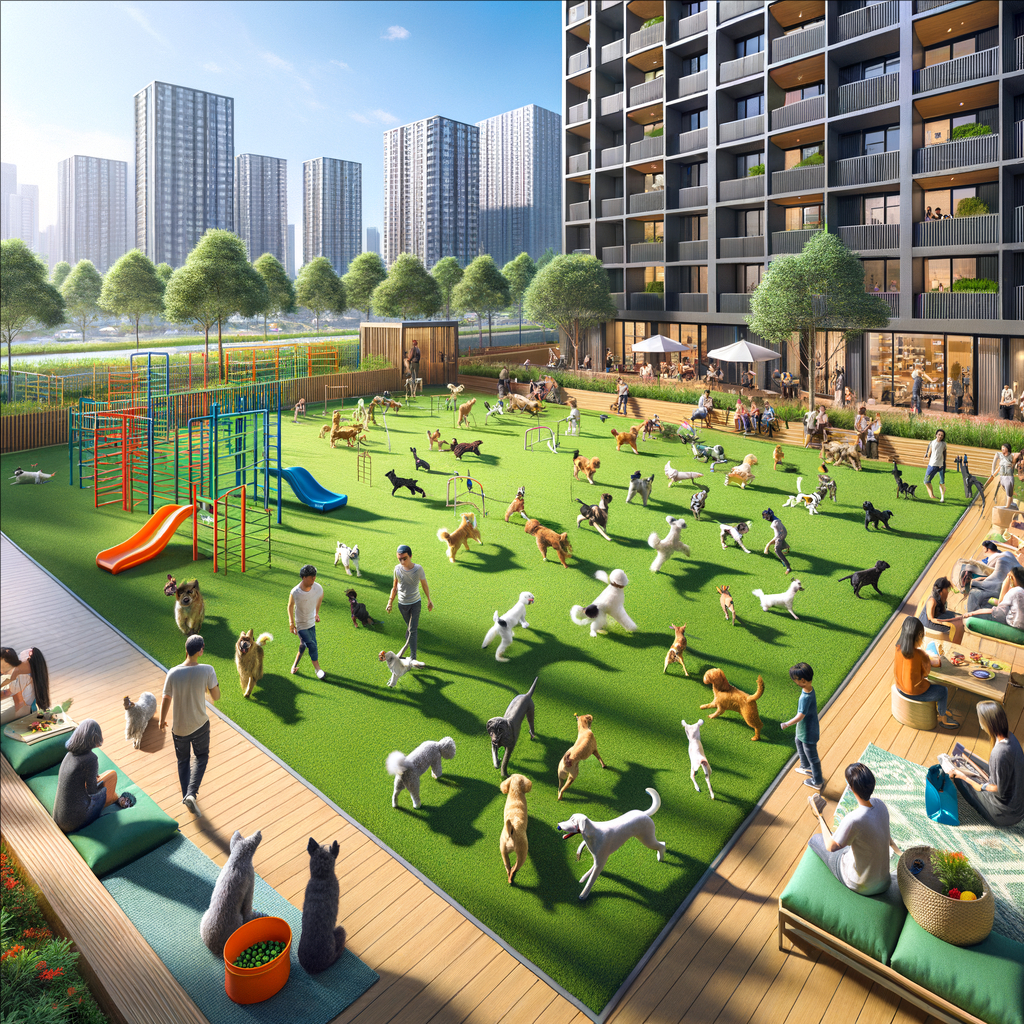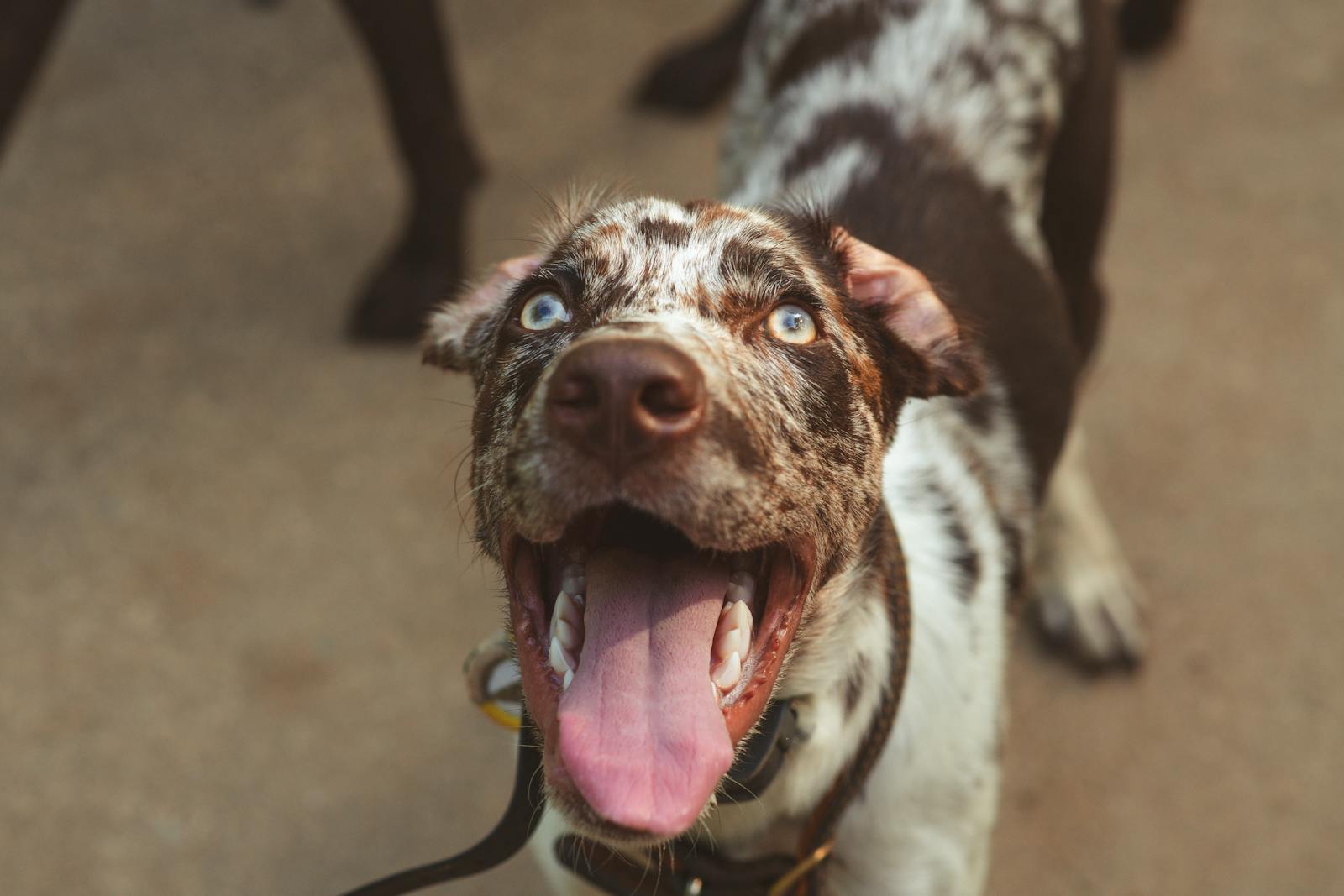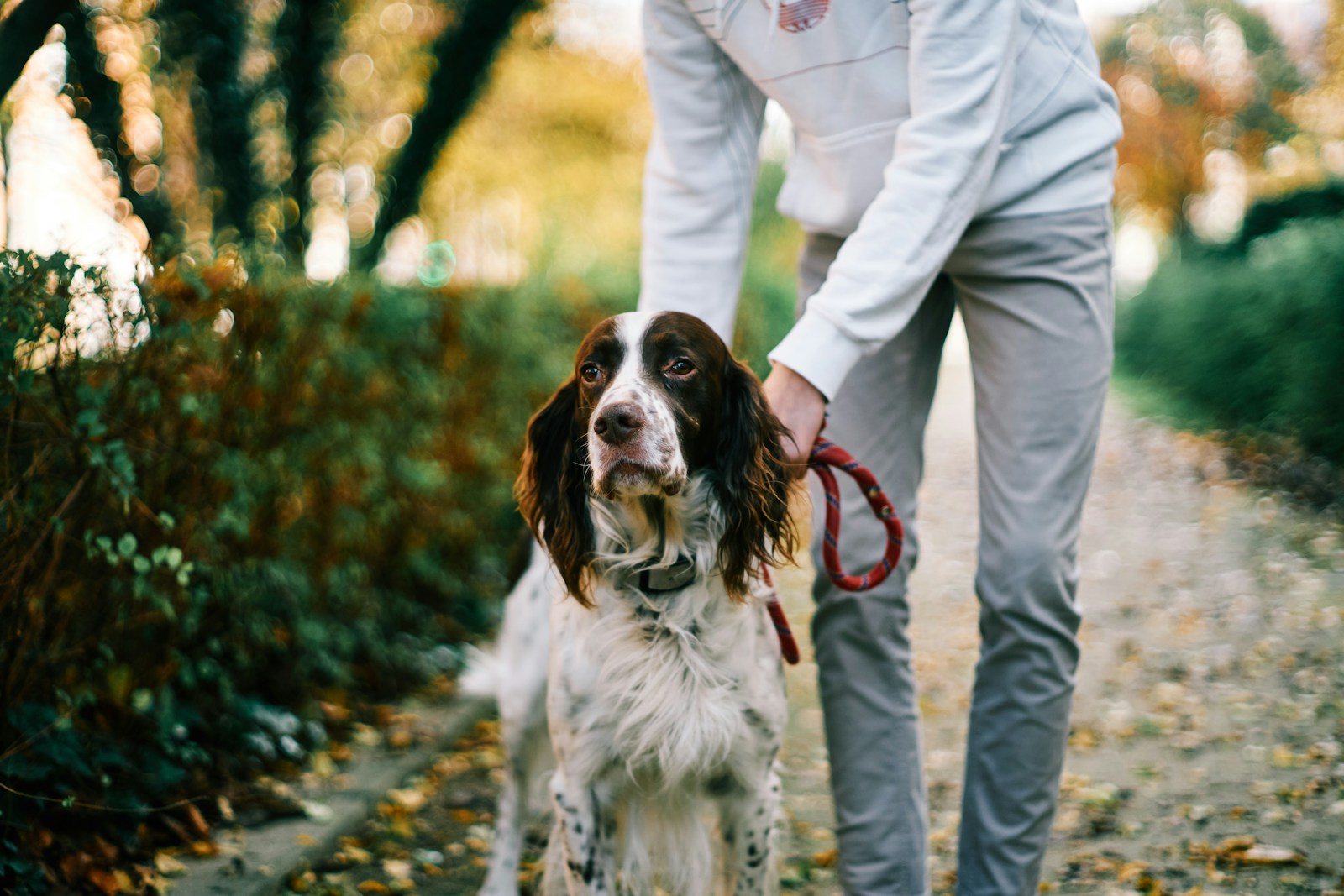How to Start a Dog Park in Your Neighborhood
1. Assess Community Interest
Before you jump into the nitty-gritty details, it’s essential to gauge the interest level among your fellow residents. A successful dog park is built on community support, so finding out if your neighbors are on board is crucial.
- Conduct Surveys: Leverage online tools like Google Forms or SurveyMonkey to create simple surveys or polls. Ask about pet ownership, the interest in having a dog park, and what features people would like to see.
- Host Informal Meetings: Organize casual meet-ups at local parks or pet-friendly cafes. Encourage dog owners to share their thoughts and dreams for a dedicated dog space. These gatherings can help build enthusiasm and gather diverse opinions.
By assessing community interest at the outset, you’ll collect invaluable insights that will influence your project’s direction and increase participation.
2. Formulate a Planning Committee
Once you’ve established sufficient interest, it’s time to assemble a planning committee. This group will be your project champions, driving the initiative from concept to completion.
- Recruit Volunteers: Look for fellow dog enthusiasts in your neighborhood who are passionate about making this dream a reality. Check community boards, social media groups, or local businesses for potential volunteers.
- Assign Roles: Create a framework for your committee by assigning specific roles based on expertise and interest. Roles like fundraising coordinator, event planner, and public relations officer can streamline efforts and boost productivity.
Having a well-organized committee ensures tasks get completed efficiently, keeps everyone motivated, and promotes a collaborative spirit throughout the project.
3. Find Suitable Land
One of the most critical steps in establishing your dog park is identifying an appropriate location. The right spot will not only serve as the park’s foundation but also enhance its utility and safety.
- Research Potential Sites: Look for vacant lots or underused green spaces in your neighborhood where dogs can play off-leash. Consult local maps and pay a visit to potential sites to assess their suitability.
- Check Zoning Laws: Before proceeding, familiarize yourself with local zoning regulations. These laws may affect whether a piece of land can be repurposed for recreational use. Don’t skip this important step, as it can save lots of time and effort down the road.
Selecting the right location sets the stage for success; ensure it’s both accessible and safe from traffic hazards, while also being large enough to accommodate your community’s canine population.
4. Develop Design Plans
With the land secured and community support in hand, it’s time to start designing your dog park! This phase is where you can get creative while ensuring that canine needs and safety are prioritized.
- Consider Size & Layout: A typical dog park should be at least half an acre, though larger is often better. Your plan might include separate areas for small and large breeds, allowing for safer play.
- Include Amenities: Think through necessary features. Essential elements may include water stations for both pets and humans, waste disposal bins to promote cleanliness, benches for owners, and agility equipment to keep pups entertained.
A thoughtfully designed park is not only enjoyable to visit but can also encourage responsible pet ownership by providing the necessary facilities.
5. Fundraising & Community Engagement
Now comes one of the most exciting—yet sometimes challenging—parts: fundraising! Building a dog park requires financial backing, and engaging with local businesses and community members is crucial.
- Organize Events: Host fun events such as bake sales, charity runs, or dog-themed brunches to raise funds. Events not only generate money but also foster community spirit.
- Seek Sponsorships/Donations: Approach nearby businesses to inquire about sponsorship opportunities for specific areas or features of the park. In exchange, offer them advertising opportunities both inside and outside the park once it’s open.
Effective engagement helps maintain momentum throughout all stages of the project, ensuring a sense of community support long after the park opens.
Starting a dog park might appear daunting initially, but with each step approached methodically and spirited collaboration from neighbors, you can create something truly special! Not only will it provide joy-filled moments for pups and their humans alike, but it will also strengthen neighborhood bonds. So, are you ready to grab those leashes and embark on this pawsitive journey? Join forces with fellow dog lovers in your community, and let’s make this dream a reality!
If you’ve got any questions or would like to share your thoughts on starting a dog park, drop a comment below! Your experience could inspire someone else looking to make the same impact in their neighborhood. And remember to share this post with fellow dog enthusiasts who might be interested in this delightful endeavor!
news via inbox
Nulla turp dis cursus. Integer liberos euismod pretium faucibua





